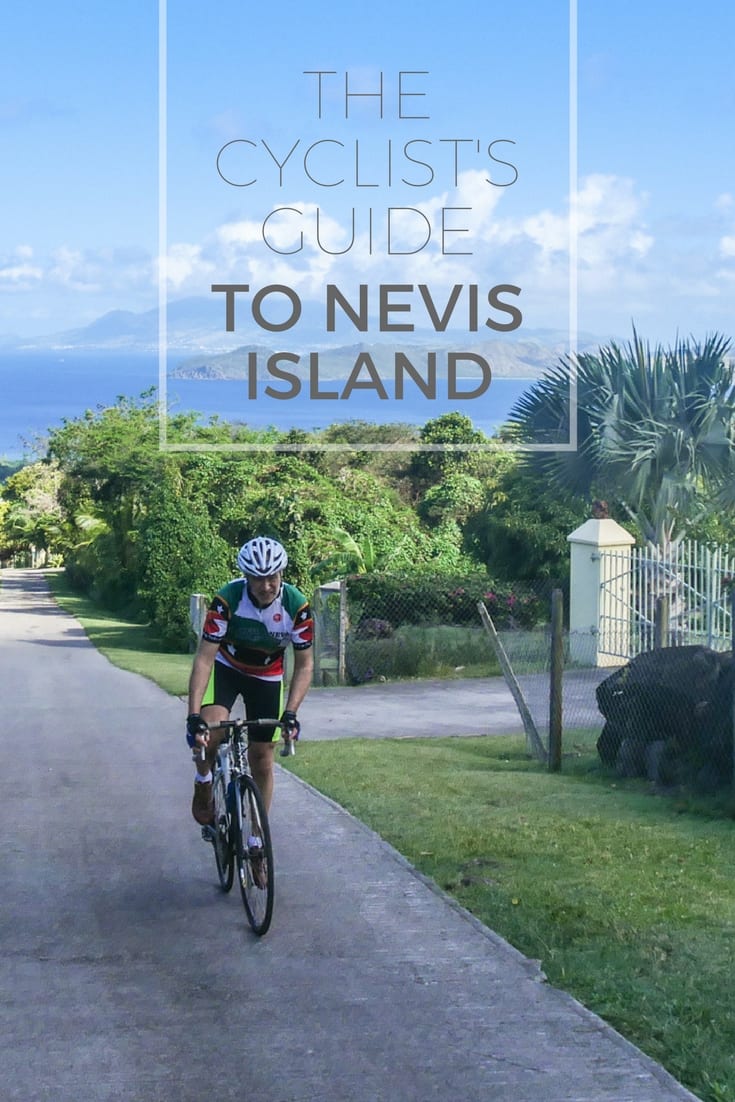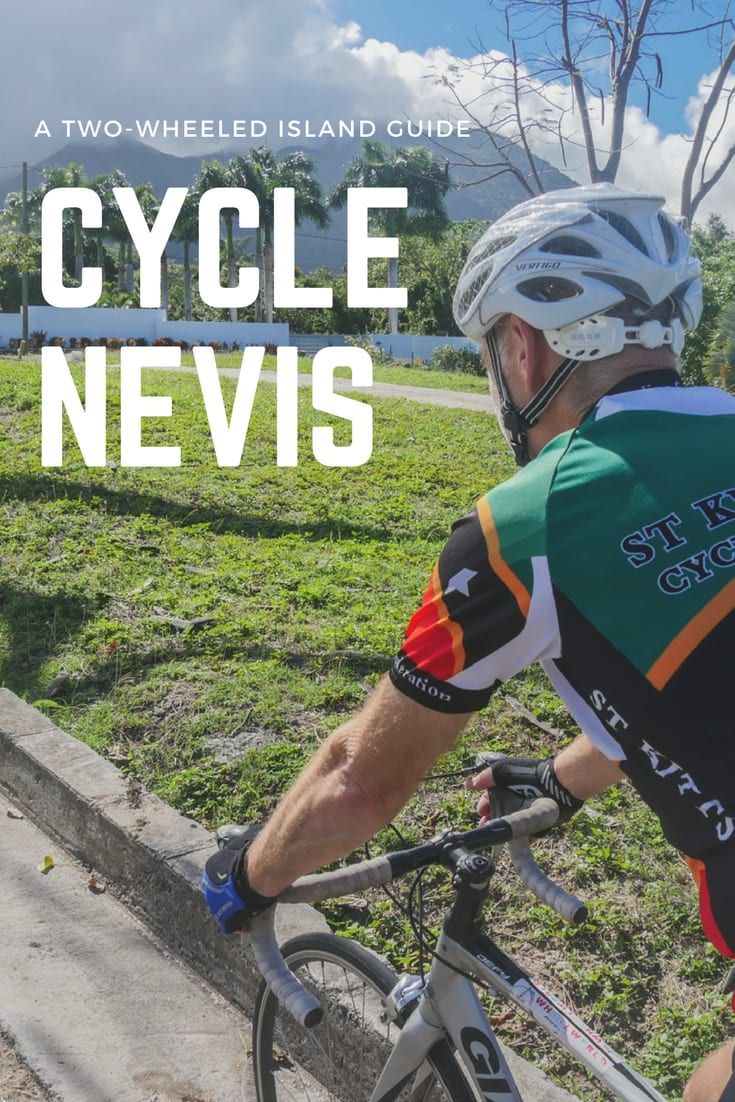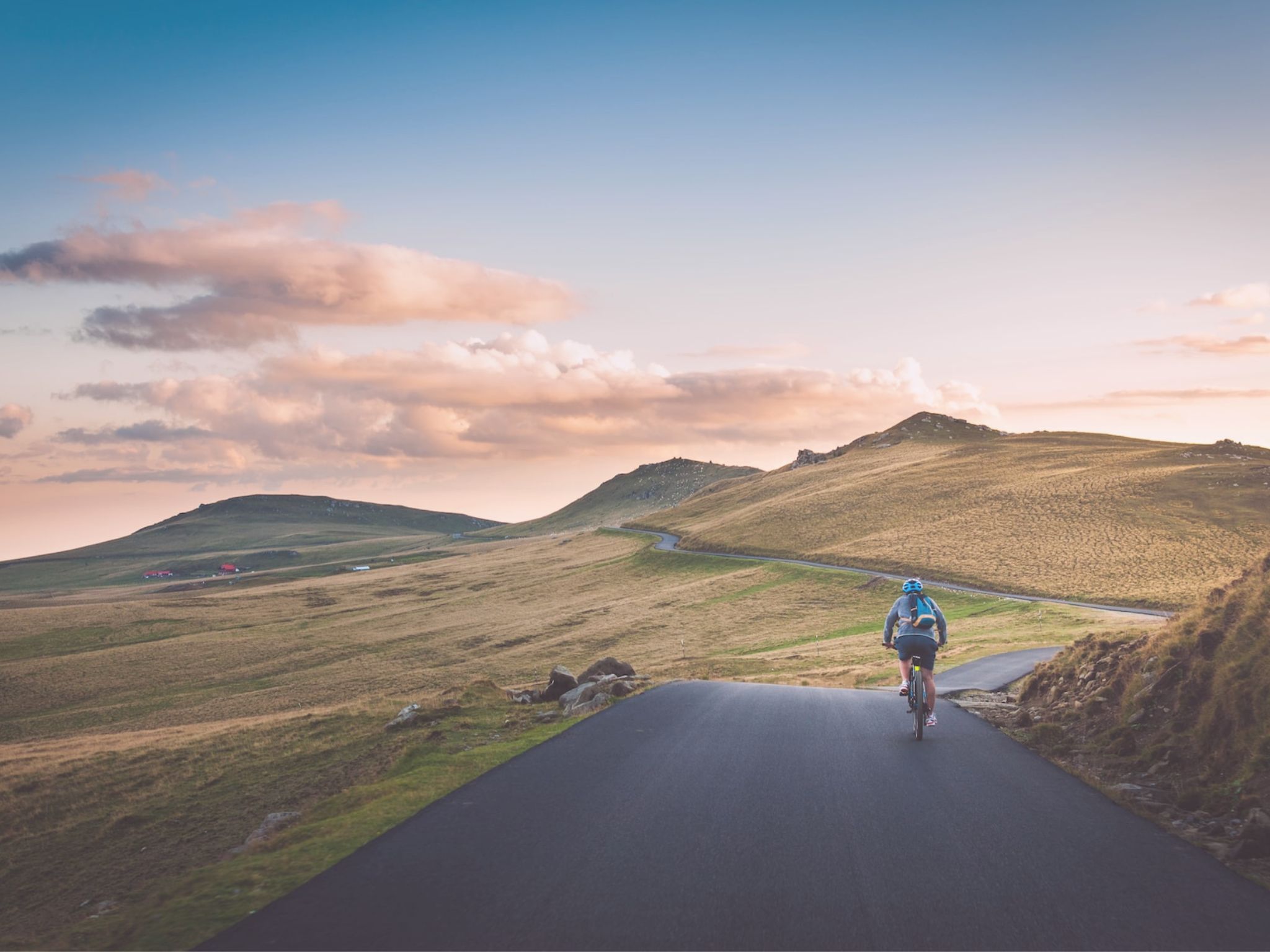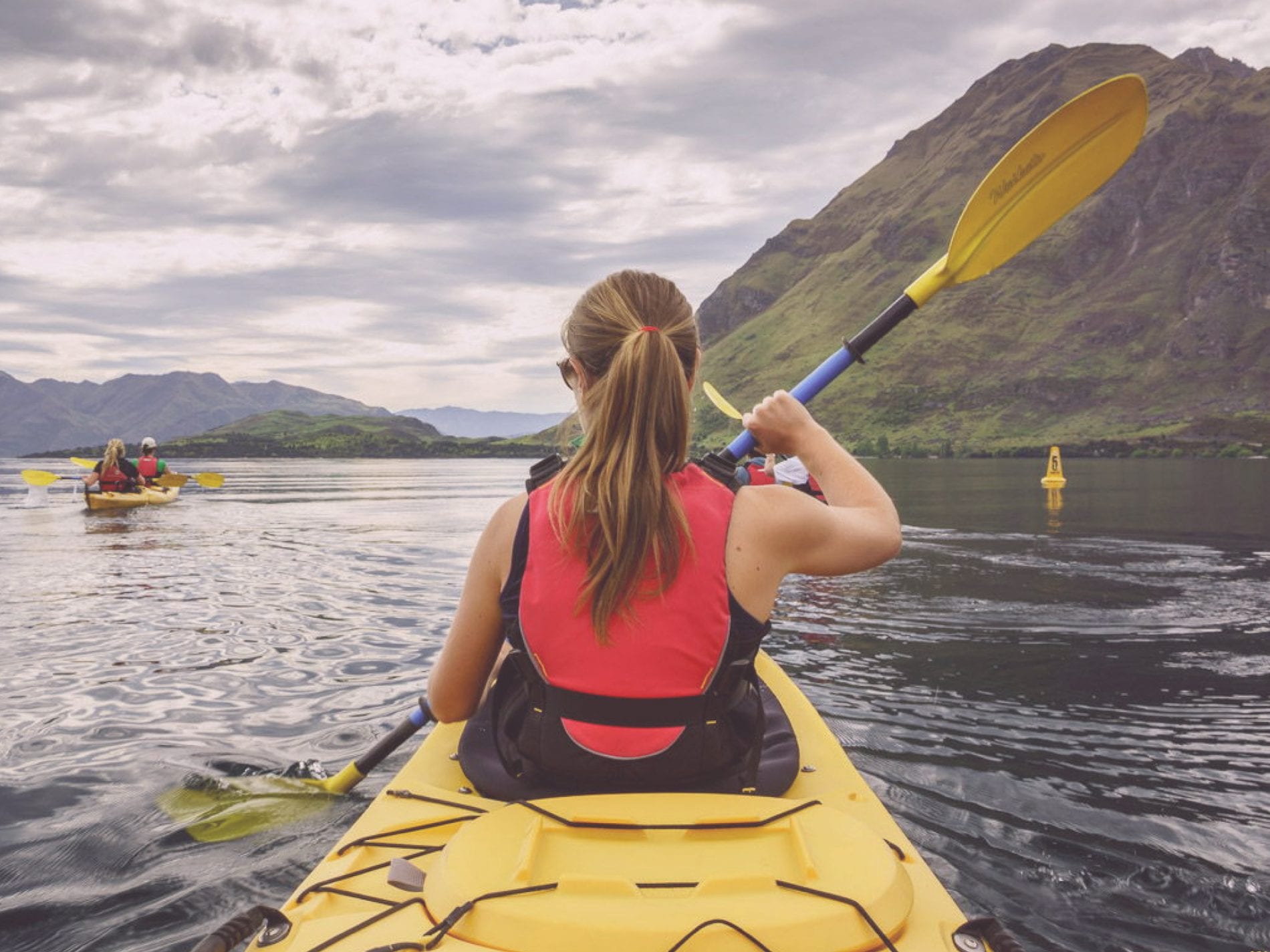The thought of taking a long bicycle trip, especially if you’ve never ridden long distances before, can be a little intimidating. However, you can quickly build up your cycling confidence before you head off on your adventure by ensuring you have a good level of fitness and are well prepared.
How to Build Up Your Cycling Confidence Before Your Next Trip
If you want to tackle your cycling bucket list without fear, you’ll need to get used to off-roading and biking in questionable (but not dangerous) weather.
Here’s how to build your confidence.
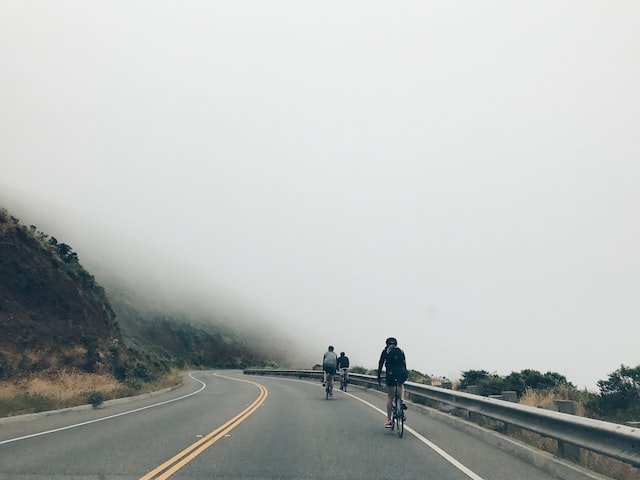
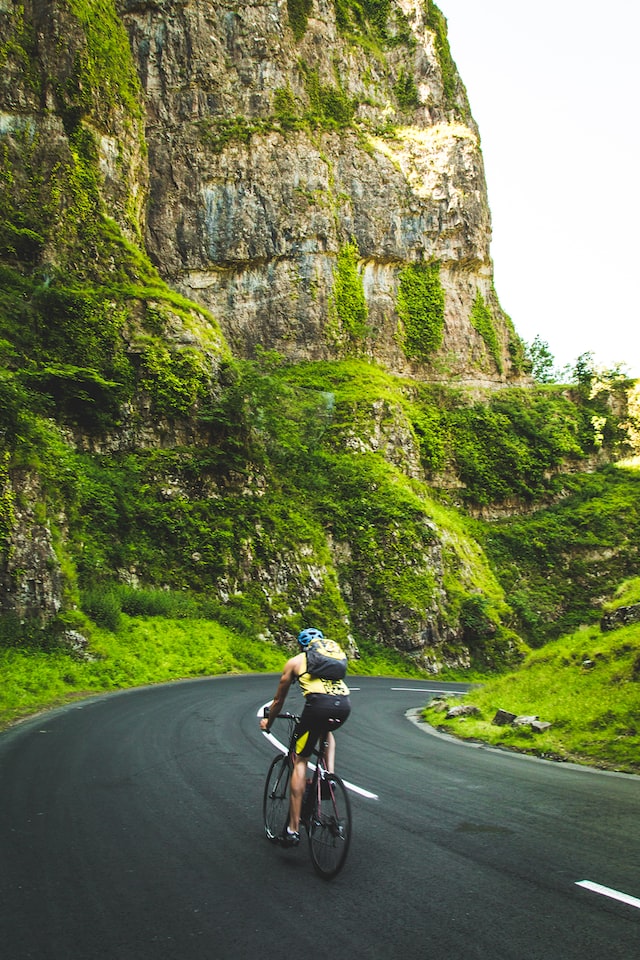
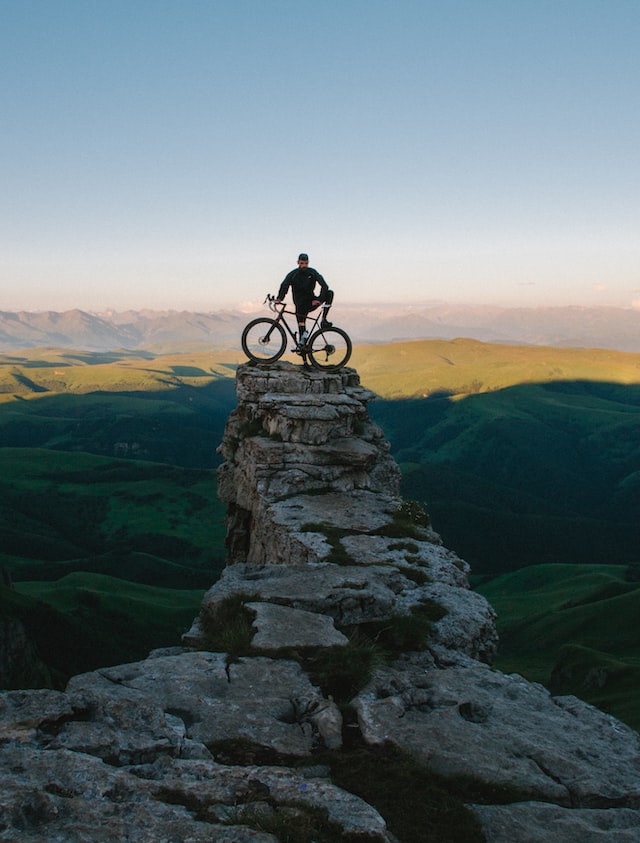
1. Know what to do if you have an accident
It’s very important to wear protective gear, such as a helmet, high-visibility vest, and knee/elbow pads if you plan to take a long cycling trip. But if you do get in an accident, you need to make sure you’re safe before taking the other party’s details, taking photos, and talking to witnesses.
Be sure to call an ambulance and the police to report the accident. This will ensure you can contact a local attorney, such as Dolman Law Group’s bicycle accident lawyers, to build a case. If you don’t have sufficient evidence, it will be harder for you to reach a fair settlement.
2. Be confident riding solo in case you “get dropped”
In cycling, “getting dropped” is when a cyclist slows down and can’t keep up with the rest of the group. At best, it can cause embarrassment. At worst, you could get lost. However, don’t get embarrassed if you can’t keep up, as it’s common for non-competing cyclists to fall behind.
What’s more important is having a plan if it happens. Keep your phone on you or a map if you’re in the middle of nowhere. Conserve energy and stay hydrated if you want to stay with the group.
3. Know how to handle wet descents
When the roads are slippery, it can be harder to stop, turn, or correct your wheels. If you’re biking during the winter or after a rainstorm, drop your tire pressure down to 10psi for better traction. If you can’t do this, pump your brakes during the descent to avoid a washout.
Never break when turning, if possible. Instead, break before the turn and shift your weight while leaning on the bike. Aim for the inside of the turn (if possible) in case you fall or lean too far. If you’re out of control, try to bike towards the grass or sidewalk to crash as safely as possible.
4. Learn how to manage your speed
Many cyclists are too scared to go above a certain speed because they’re afraid of what may happen if they crash. However, you may need to go faster depending on where you’re biking. The right equipment (i.e., bikes meant for high speeds) can do a lot to build your confidence.
Always remember that your bike goes where you look, so keep your eyes fixed on where you want to go. That means you need to look at the turn rather than the curb you could hit.
5. Ensure you are confident riding on the road
When it comes to cycling anxiety, biking on the road is often at the top of the list. Drivers may not pay attention to your or their surroundings when making a turn or speeding up. Some drivers will intentionally make risky manoeuvres to get ahead of you, so you need to watch for cars.
However, even the safest drivers may hit you if you’re in their blind spot or you’re unpredictable. Never weave in and out of cars. Instead, make eye contact with drivers at intersections. To get comfortable on the road, practice using hand signals and biking in low-traffic bicycle lanes.
READ MORE CYCLING TRAVEL GUIDES FROM WANDERLUSTERS
